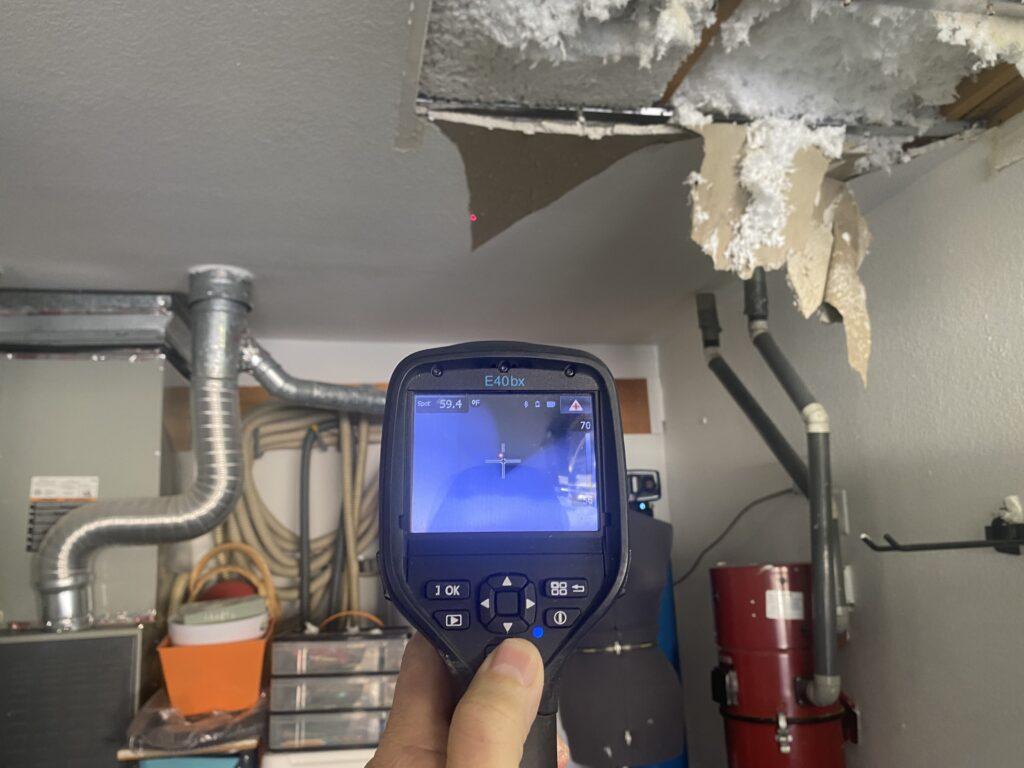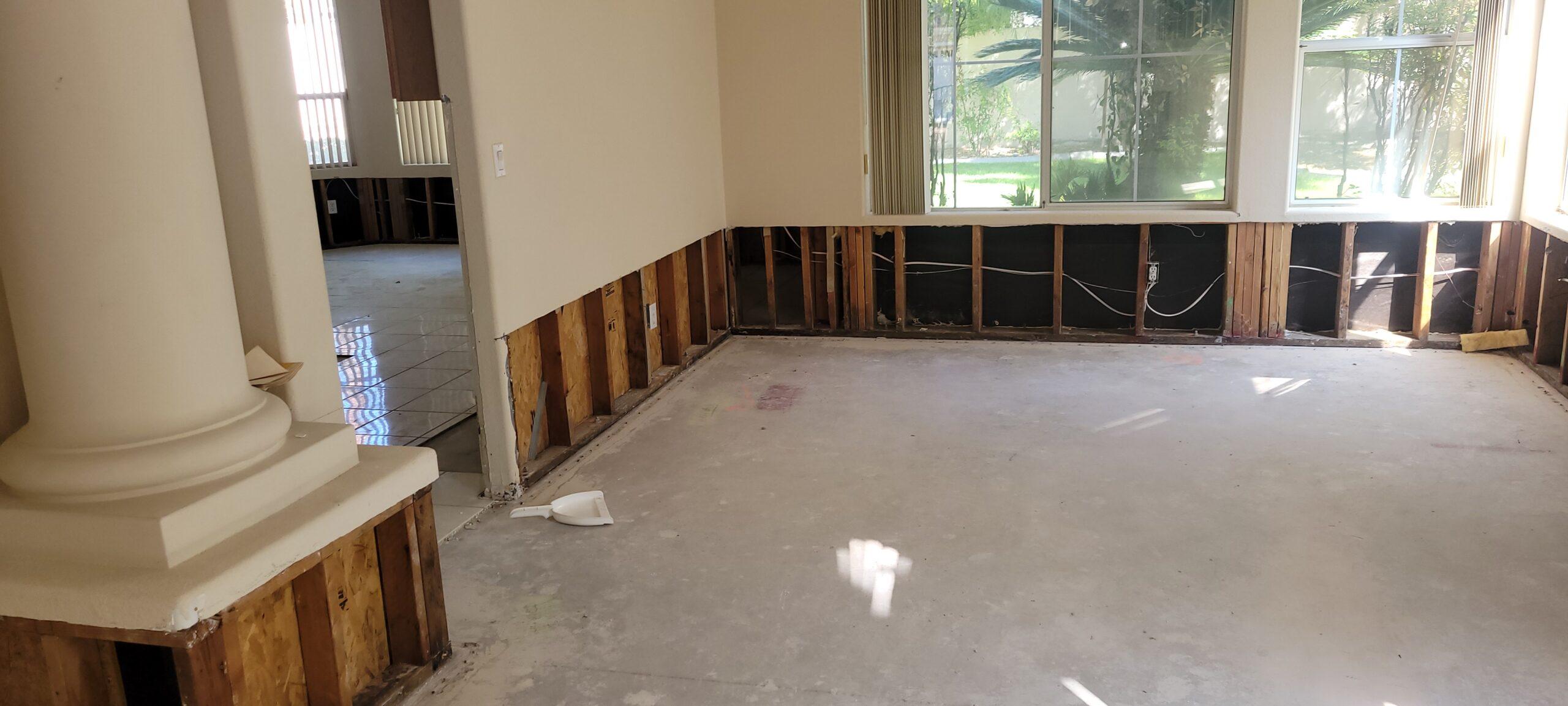Mold Remediation Process: How to Get Rid of Mold Safely and Effectively
If you’re looking for a way to get rid of mold in your home or business, then it is important that you understand the proper mold remediation process to ensure you do so safely and effectively. Mold can cause problems if not taken care of correctly – from respiratory issues to potential property damage – and it’s important that any mold remediation process is completed quickly and according to safety protocols. While it may seem intimidating or overwhelming at first, a successful mold remediation process will save you time, energy, stress—and money—in the long run! In this blog post, we’ll discuss the key steps involved in remediating mold safely and effectively.

Understand the Basics of Mold and How to Eliminate it
Mold is a common problem that many homeowners face. Understanding the basics of mold is an important step in preventing it from growing and spreading. Mold thrives in warm, damp environments and can be caused by water damage, leaks, or high humidity levels. It can lead to health problems such as allergies, asthma, and respiratory issues. To eliminate mold, it is important to address the root cause of the problem and remove any sources of moisture. This can include repairing leaks, improving ventilation, and using a dehumidifier. Professional mold remediation may be necessary for severe cases.
Identify Common Areas Where Mold Grows
Mold growth is a common problem faced by many homeowners. Identifying the areas where mold can grow is essential to prevent its growth and keep your home safe and healthy. Common areas where mold thrives include bathrooms, kitchens, and basements, where moisture is often present. Poor ventilation, leaks, humidity, and water damage can also contribute to mold growth. However, mold can grow in any space where there is moisture or high humidity. It is important to regularly check these areas and take necessary measures to prevent mold growth and keep your home free from potential health hazards.
Prepare for Remediation by Securing the Area and Gathering Materials
Mold remediation is an essential process that should be taken seriously to ensure a safe and healthy environment. One of the fundamental steps in preparing for remediation is securing the area and gathering materials. This is particularly important to contain any potential hazards and prevent them from spreading beyond the affected area. Being proactive and vigilant in this regard will not only help to ensure the success of the remediation process, but it will also minimize any potential risks to those involved. As professionals, we understand the importance of a thorough and comprehensive approach and are committed to providing you with the most effective remediation services possible.
Use Proper Protective Gear During the Process
Protecting your safety is essential when engaging in any process that comes with potential risks. Whether you’re working in construction, manufacturing, or any other industry where safety hazards abound, using proper protective gear is non-negotiable. Wearing protective gear designed for the specific task at hand can significantly reduce the risk of injury and possibly save your life. Some examples of protective gear include gloves, safety glasses, hard hats, face shields, earplugs, and respirators, among others. It’s essential to read the manufacturer’s instructions for the protective gear you’re using to ensure you’re doing it correctly. Remember, accidents can happen in a split second, so it’s better to take the necessary precautions in advance to protect your most valuable asset – your life.
Apply Disinfectant Solutions to Kill and Remove Spores
In any environment, maintaining proper hygiene is crucial to minimize the spread of harmful bacteria and viruses. When it comes to removing dangerous spores, using disinfectant solutions is key. With the help of professional-grade products, you can effectively eliminate these microorganisms and protect your surroundings from potential contamination. It is critical to follow the instructions carefully when applying these solutions, as each product has its specific application methods and safety precautions. Taking the time to properly disinfect surfaces can significantly reduce the risk of infection, ensuring the safety of everyone around. By implementing practical solutions like these, we can work towards creating a healthier and safer environment.
In summary, understanding and eliminating mold is a multi-step process. Learning the basics about mold, identifying where it typically grows, and preparing for the remediation are critical steps in achieving a successful result. Furthermore, you must use the right materials and personal protective gear during the process to keep both inhabitants and technicians safe. Finally, applying disinfectant solutions to kill and remove mold spores is essential. With these considerations in mind, the mold remediation process can be successful with little effort.
